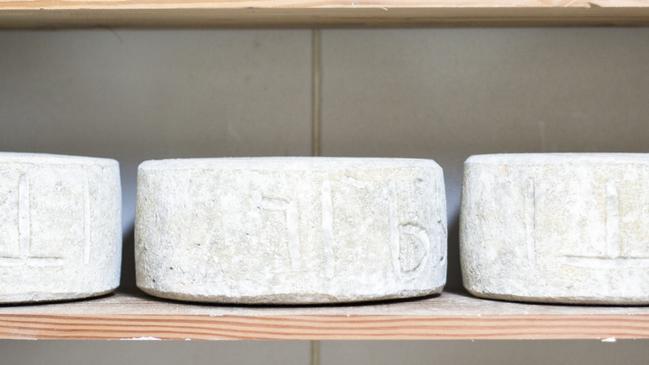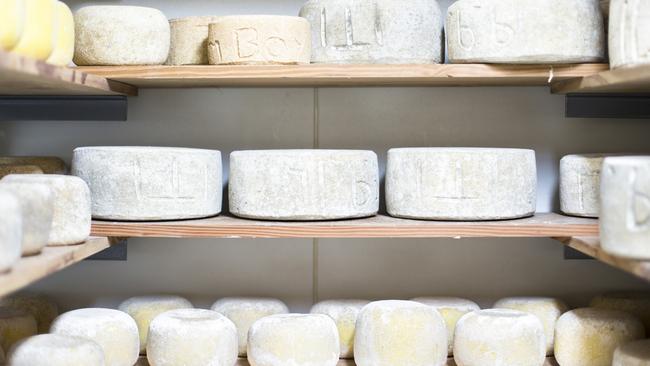Huon Aquaculture feeds its farmland with treated wastewater to grow organic silage for Bruny Island Cheese cows
From salmon hatchery to treatment plant to farm irrigation to silage to cheese. There’s nothing fishy about it – read how two primary producers are helping each other create an industry >>

Tasmania
Don't miss out on the headlines from Tasmania. Followed categories will be added to My News.
A PARTNERSHIP which sees waste water from a fish hatchery ultimately become cheese has reached a milestone with the 2000th bale of organic silage cut this week.
The bale was cut at Huon Aquaculture’s Forest Home farmland and will be fed to Bruny Island Cheese’ cows later this season as grass quality and growth rates drop.
The wastewater from Huon’s nearby Forest Home hatchery is captured, filtered and disinfected before being re-used in the facility.
The process is repeated before the water is used for irrigation.
“This is just one example of how we are reducing the impact of our freshwater operations while forging positive relationships with our neighbouring farmers,” Huon Aquaculture co-founder and executive director Frances Bender said.
Yearlings and dry cows are also run on the farmland Bruny Island Cheese leases from Huon Aquaculture.
Bruny Island Cheese Company owner Nick Haddow said feeding his cows silage allowed the company to maintain milk yield and quality without having to rely on bought in grain or fodder.
“The cows are currently producing on average 25 litres per cow per day on once a day milking, with butterfat levels as high as 4.8 per cent and protein of 3.4 per cent – all great news for producing awesome cheese,” Mr Haddow said.

“By timing our silaging we ensure that we cut the grass when the sugar, energy and protein levels are at their highest in turn driving milk quality and production when it becomes time to feed to our milking cows.”
Huon’s Freshwater Environment Manager Adam Chapman said cutting the silage bales prevented the nutrients from building up.
“Cutting the grass means that the nutrients from the hatchery wastewater leave the property in
bales which prevents build-up in the soil. This process helps to maintain a healthy balance in the soil,” Mr Chapman said.
The farmland is certified as organic through the National Association for Sustainable Agriculture, Australia.


